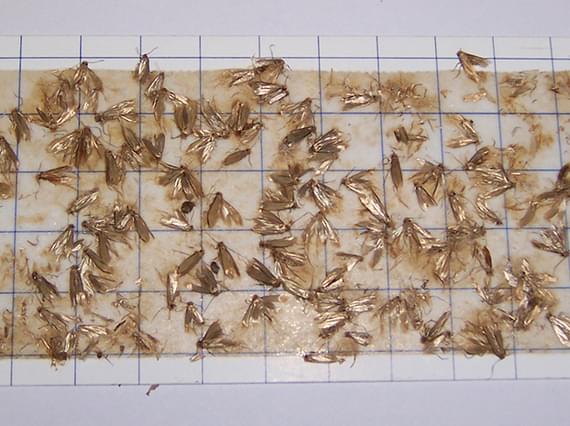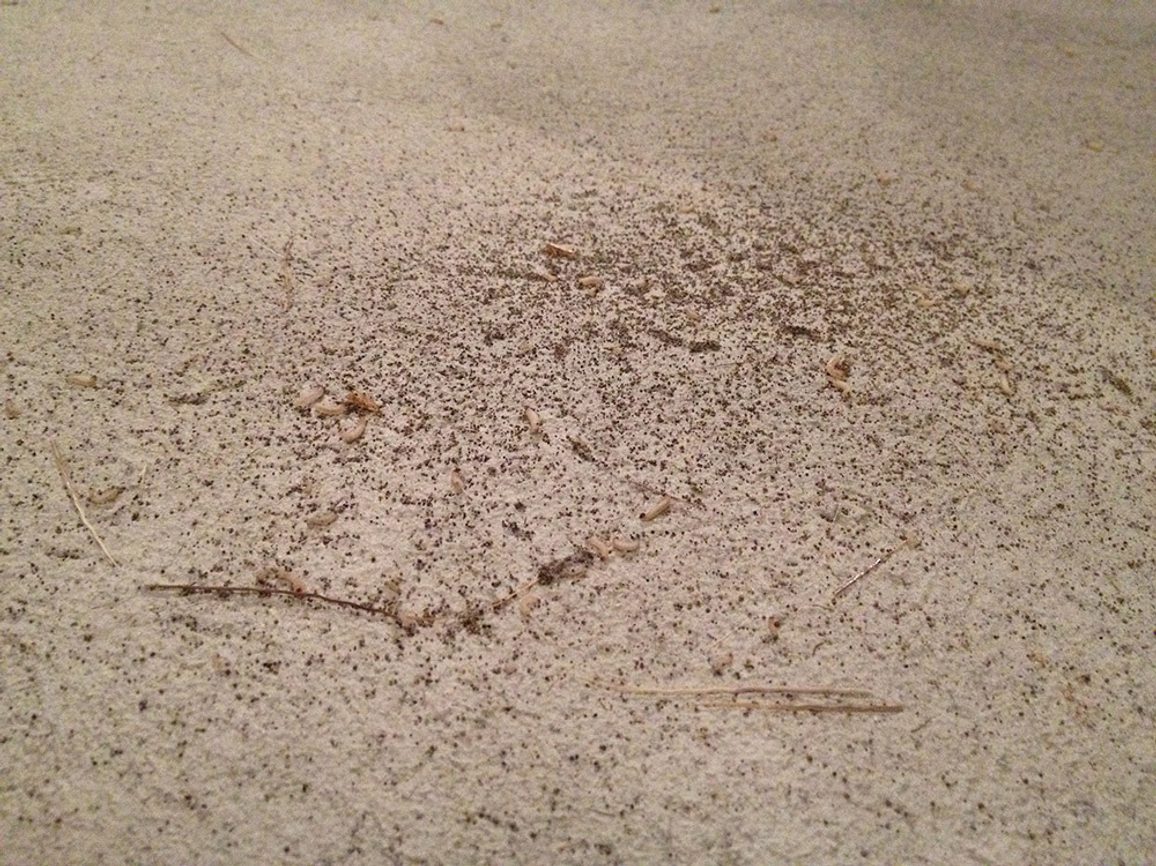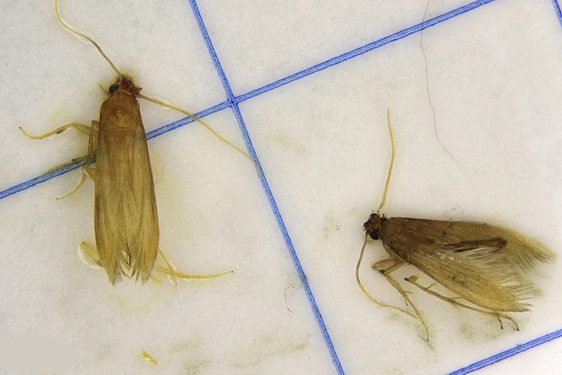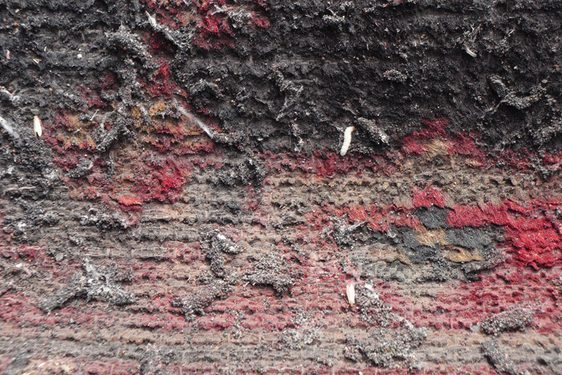
How to monitor pests
Infestations are much easier and cheaper to deal with if you catch them early. A good pest monitoring programme can help you to do this and also help with identifying the source of the problem.
Extend your eyes and ears
Monitoring pests across your building or estate is a big job. Everyone who works with you can play a role acting as your eyes and ears watching for and reporting pests. Consider colleagues working in different areas where monitoring pests is key. Offer these colleagues short training sessions or tool box talks on what to look for and why. Pictures of damaged objects are a good way to get the message across!
At National Museums Scotland, we’ve implemented the ‘pest desk'. This is an email address where anyone who sees an insect or rodent can email with details. Emails are received by our Preventive conservation and Estates teams who record the findings and investigate as appropriate. Everyone who works at National Museums Scotland is reminded about the pest desk annually.
In addition, we provide targeted pest identification training to colleagues working in specific areas. This includes Visitor Experience colleagues invigilating galleries, curators working in stores, and colleagues working with shop stock.
Insect Traps
Monitoring insects with traps can be very effective. Sticky (or blunder) traps should be positioned throughout buildings. Placement of the traps is important to maximise their ability to catch a representative sample of any insect populations present. Traps should be placed:
- At the wall-floor angle – this is where insects will travel
- Near windows, doors and other access points such as chimneys
- Near collections you have concerns about, these might be causing or be particularly vulnerable to infestation.
Pheromone traps can also be purchased, these traps are species specific and can be useful if you suspect or have a problem with a particular species.
These should be placed according to the manufacturer's instructions as, depending on the species, there may be certain conditions in which you will maximise catches, for example height from the floor.
Pheromone traps also have a finite life so may need replacing more regularly than a standard blunder trap to continue to be effective.
A readily available pheromone trap is one for common clothes moth - a pest many museums find in their collections. These traps should be placed no higher than hip height and preferably in dark corners as common clothes moths do not like the light. If you can anticipate where the pest is likely to be you will maximise your chances of finding it.
It is important to number and document where you place traps. This will ensure you can find them and accurately document what you find in them. Building maps, where you mark on the map the location and number of a trap, can help you do this.
Traps should be checked once per quarter, the most important times to check are spring and summer when activity is likely to be higher. Consider your resources in terms of cost of materials and staff time. If you find yourself short of time to complete checks, re-assess the number of traps you have. It is better to check a smaller number of traps at appropriate intervals, than to have lots that never get looked at. If traps become full with non-pest species (such as spiders and ground beetles) and unattended, these could become a food source for pests.
Documenting your finds from each quarterly pest check is incredibly important. It will allow you to hone in on problem areas and track issues over time. Remember, a negative result is significant (especially when using pheromone traps), as it can help to determine the time frame for the start of an infestation, which in turn may help to narrow down the source. At National Museums Scotland we document negative results as well as problem insects in each traps we check.
Photographic records of objects can be useful to determine if damage is new or historic.
Regular checks
As well as formal monitoring and documenting, remember to look out for other signs of activity during your quarterly checks such as:
- Dead insects and rodents
- Frass and faeces
- Moth webbing
- Cast larval skins (as larvae grow they shed their skins in order to get bigger, these delicate skins can sometimes be found where larvae have been active)
- Damage to objects

Rodent Monitoring
For issues with rodent infestation, it is best to work with an outside contractor who specialise in rodents. For this it is best to work with a contractor who understands your building and requirements. Always speak to your contractor before any work is carried out.

How to identify pests
We can describe a museum pest as an animal that will in some way cause harm to museum collections.
How to prevent infestation
The best way to prevent infestation is to stop pests entering your collection.
How to deal with infestation
A good way to deal with any possible pest discoveries is to ask a number of questions about what you have found.